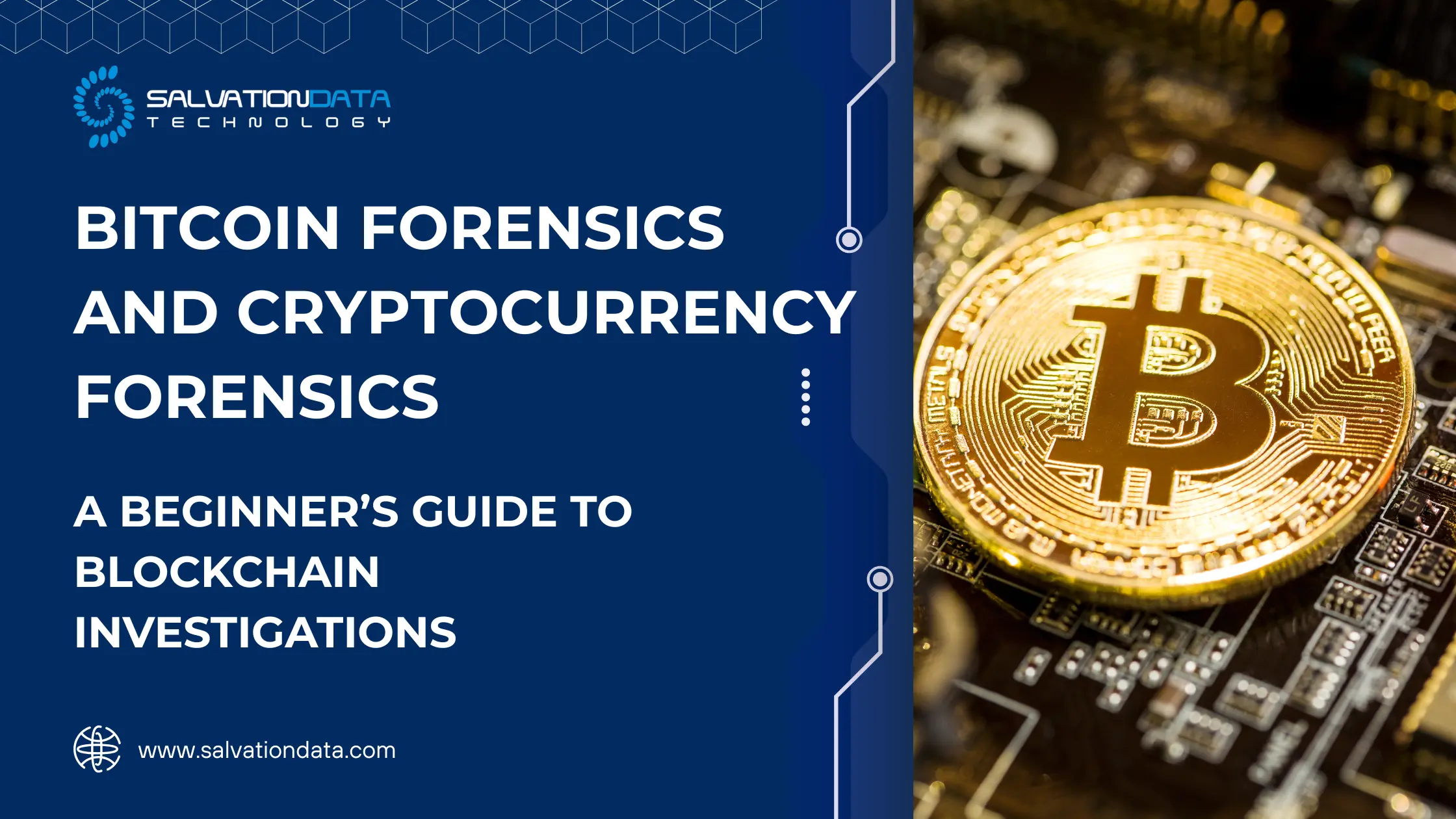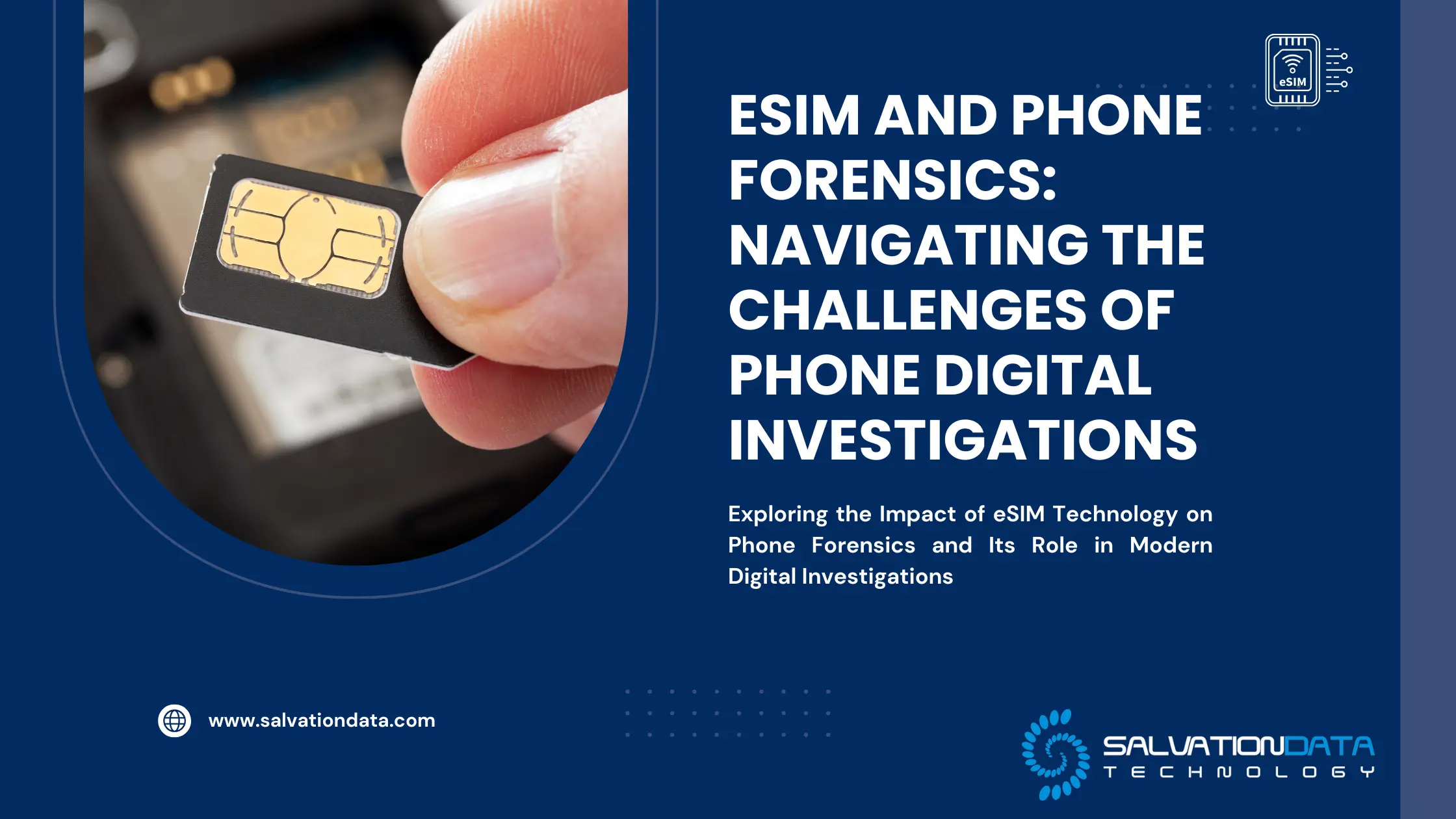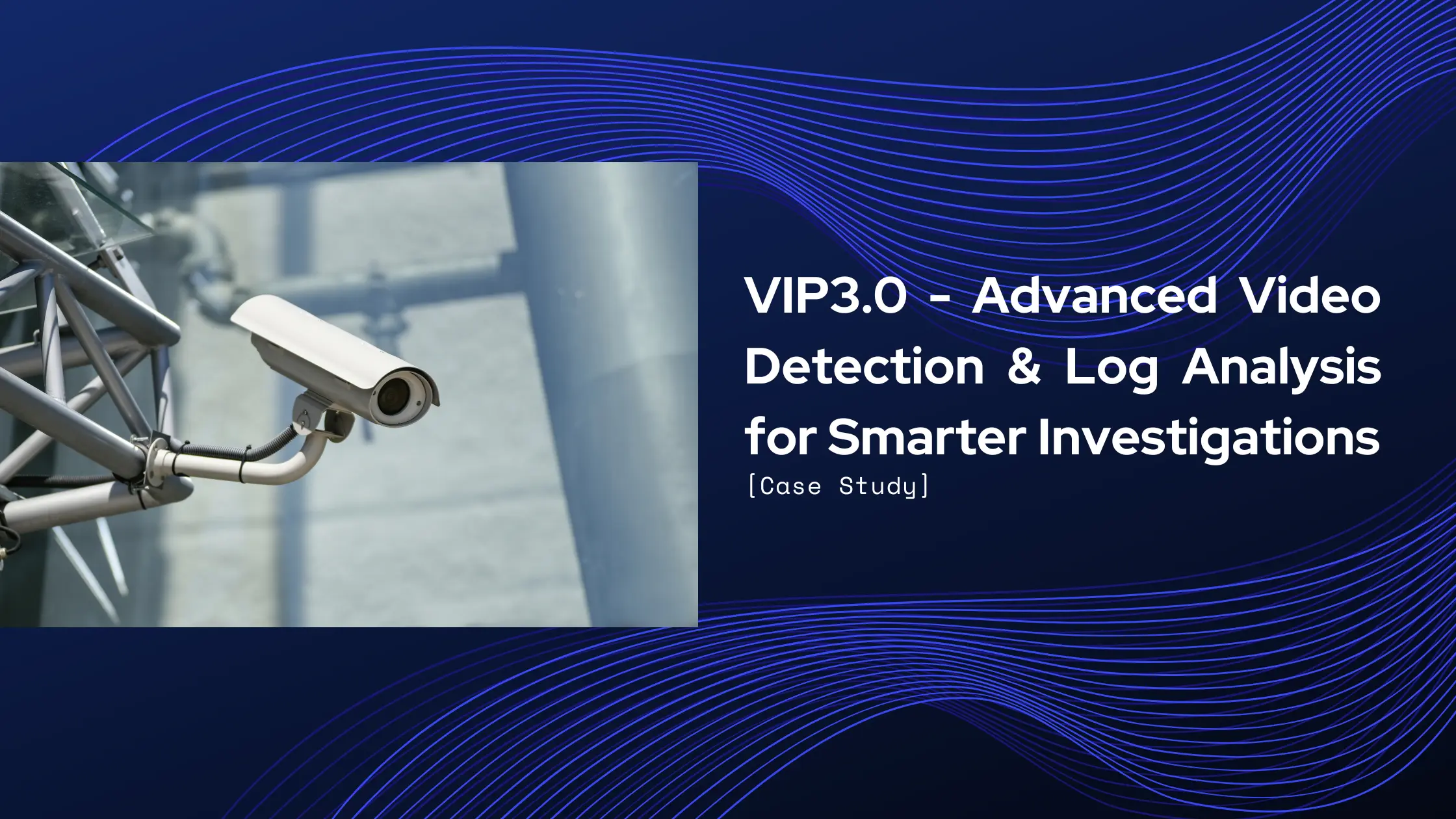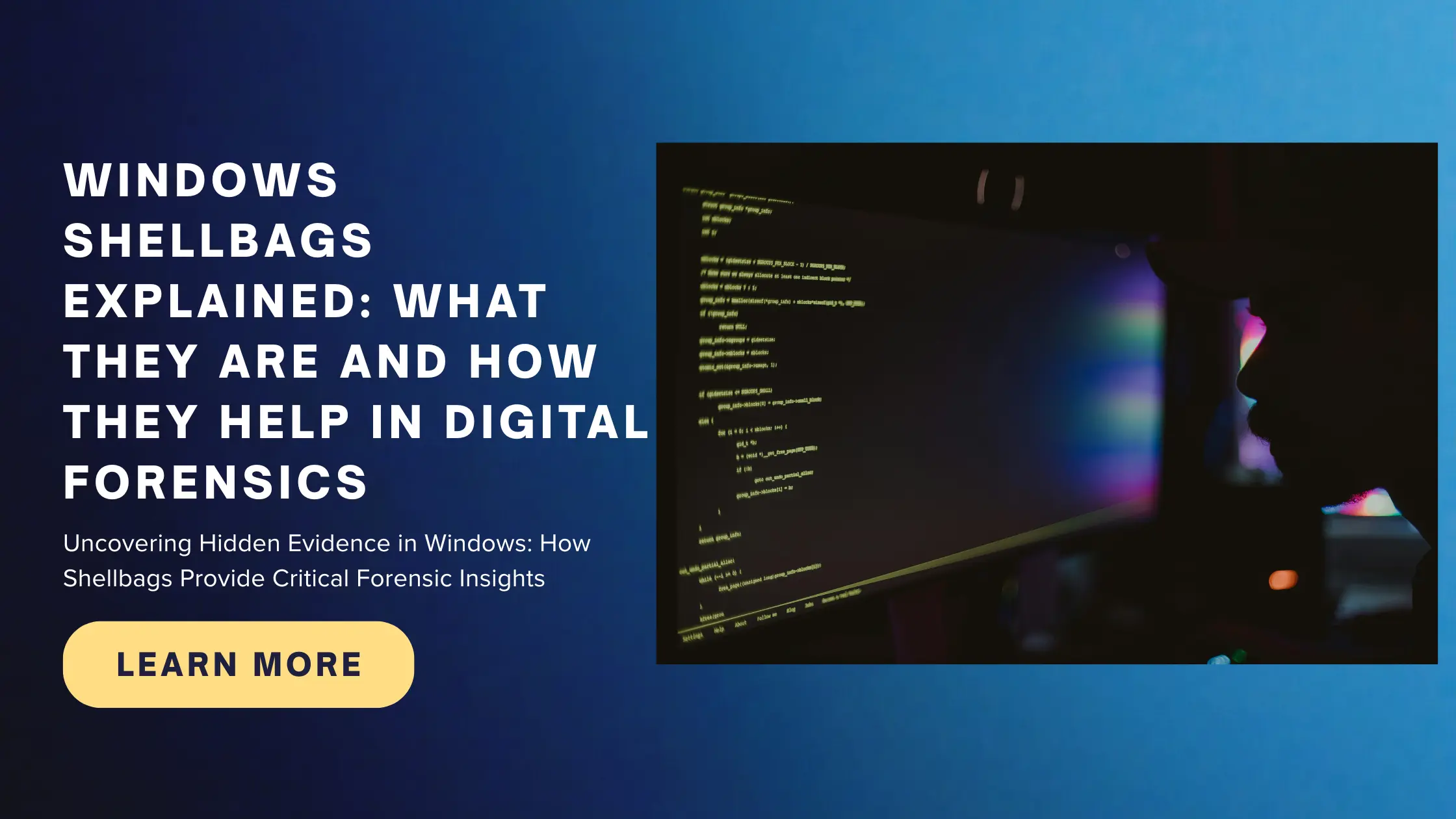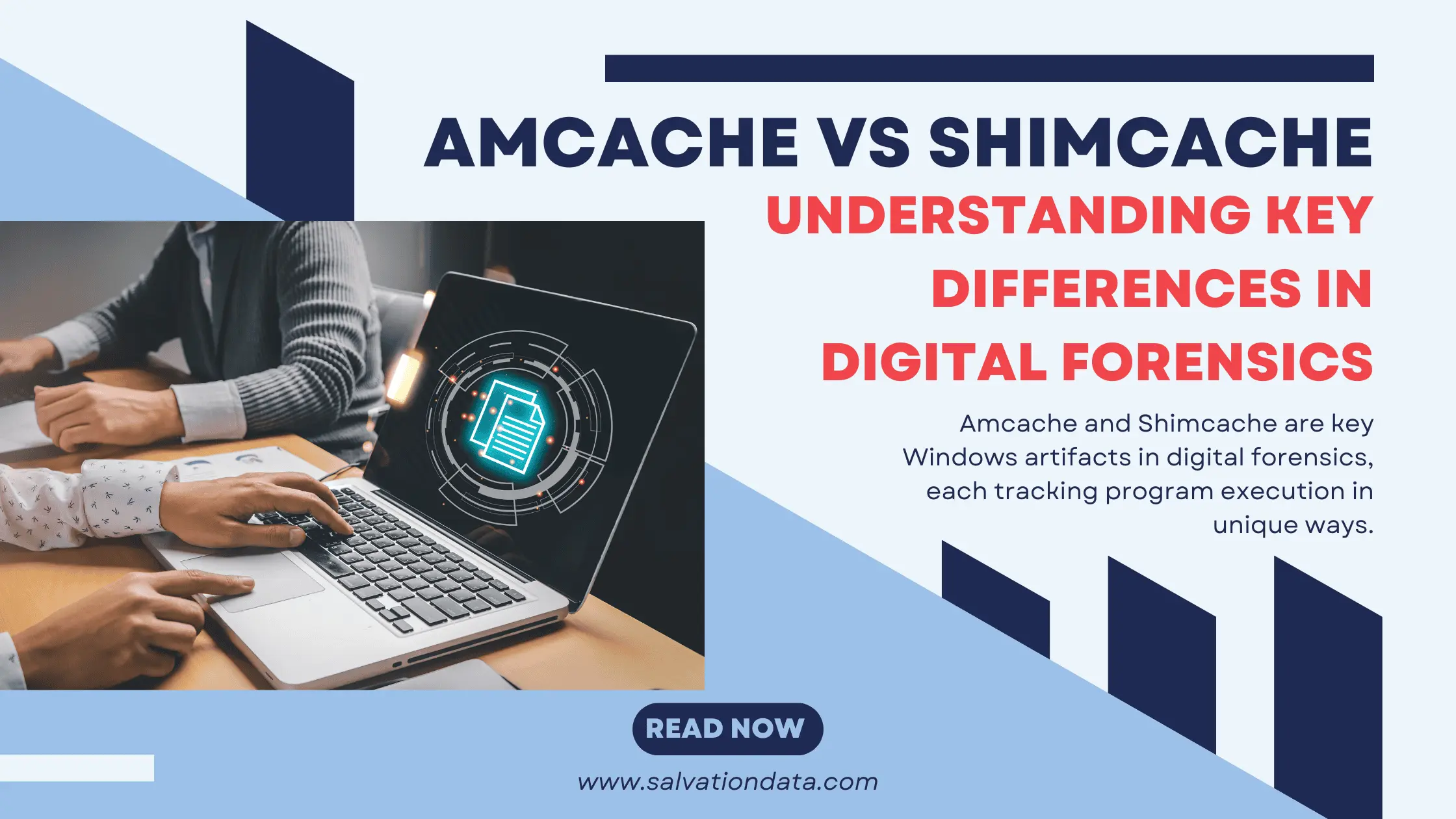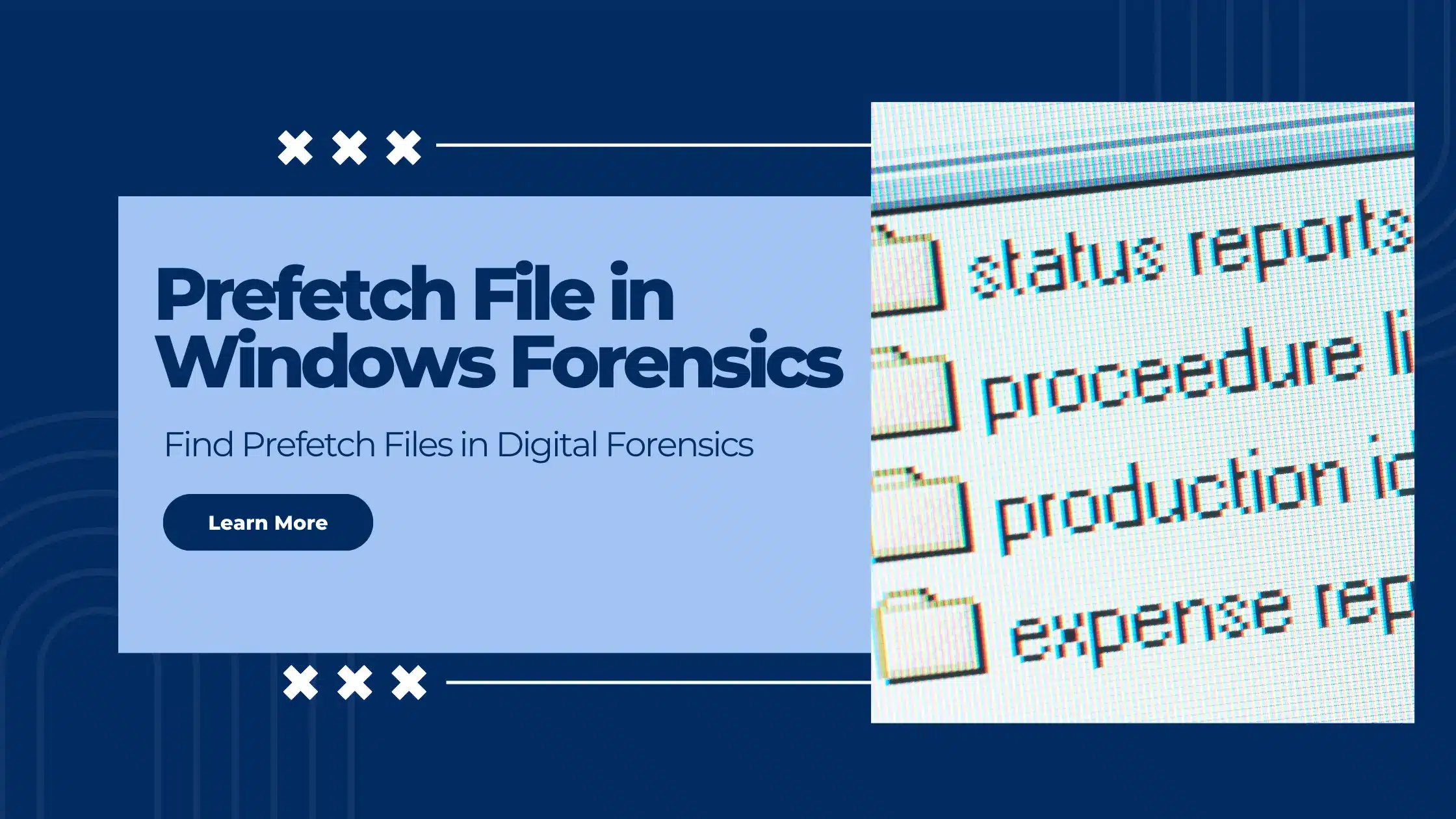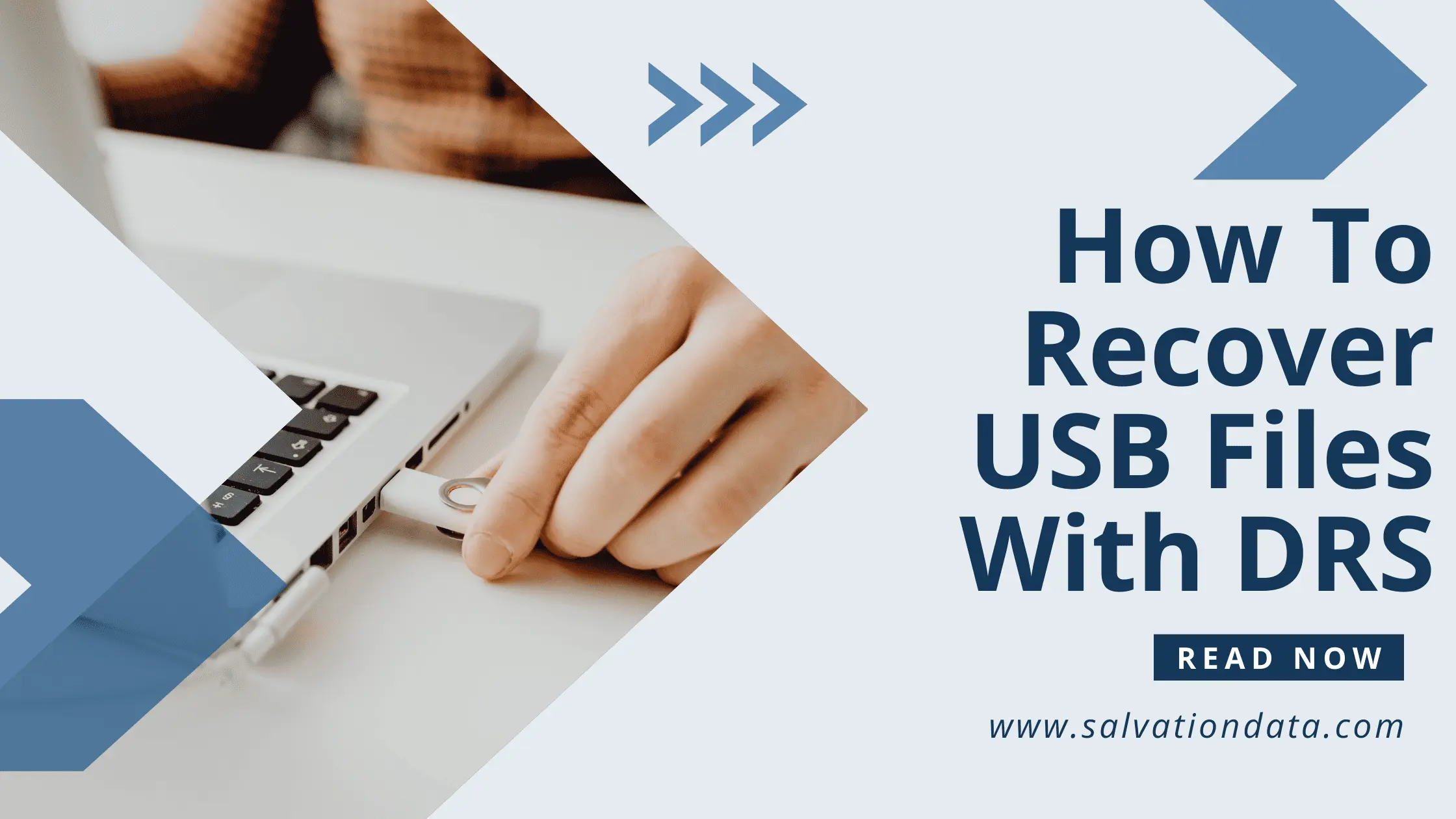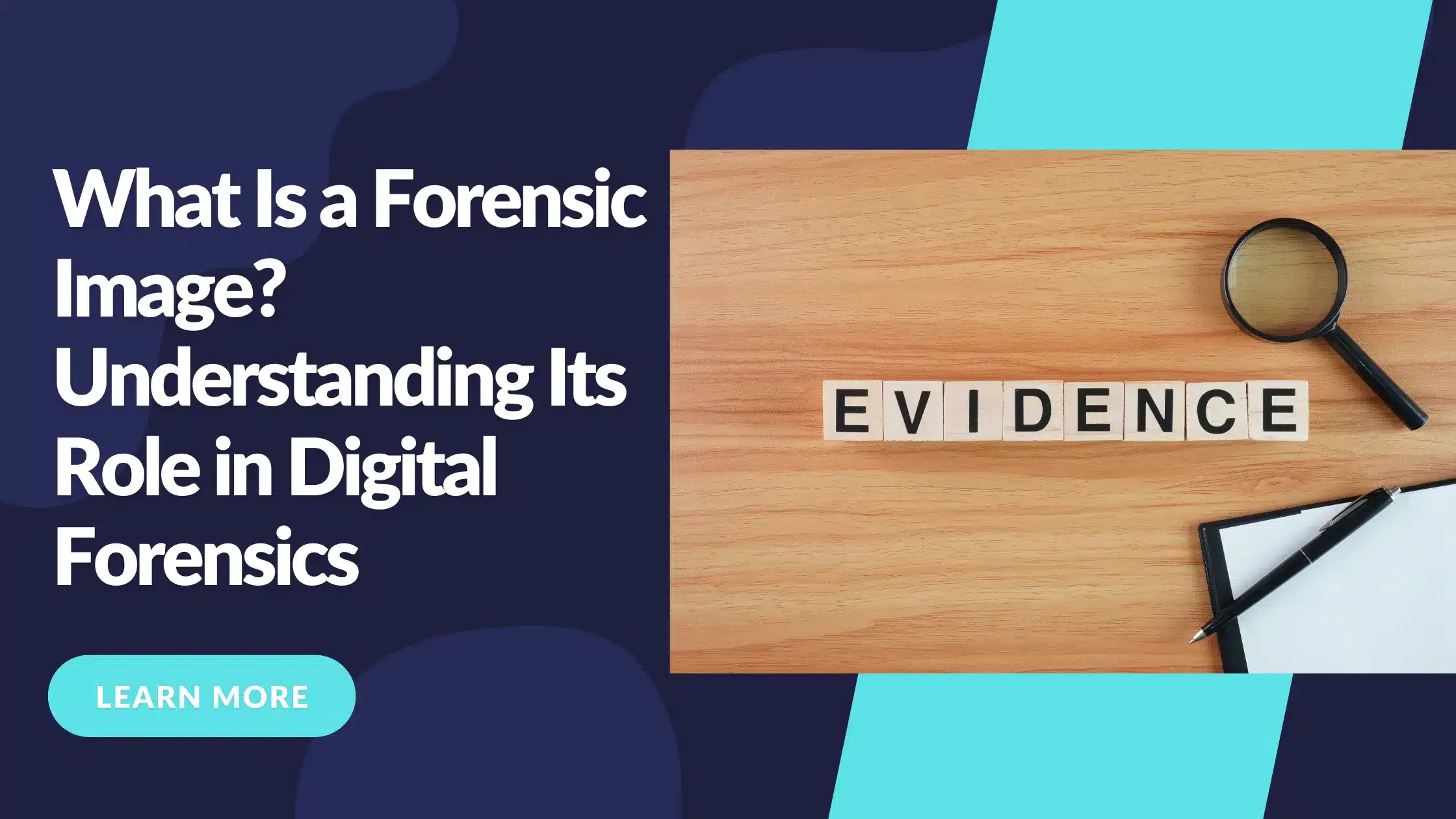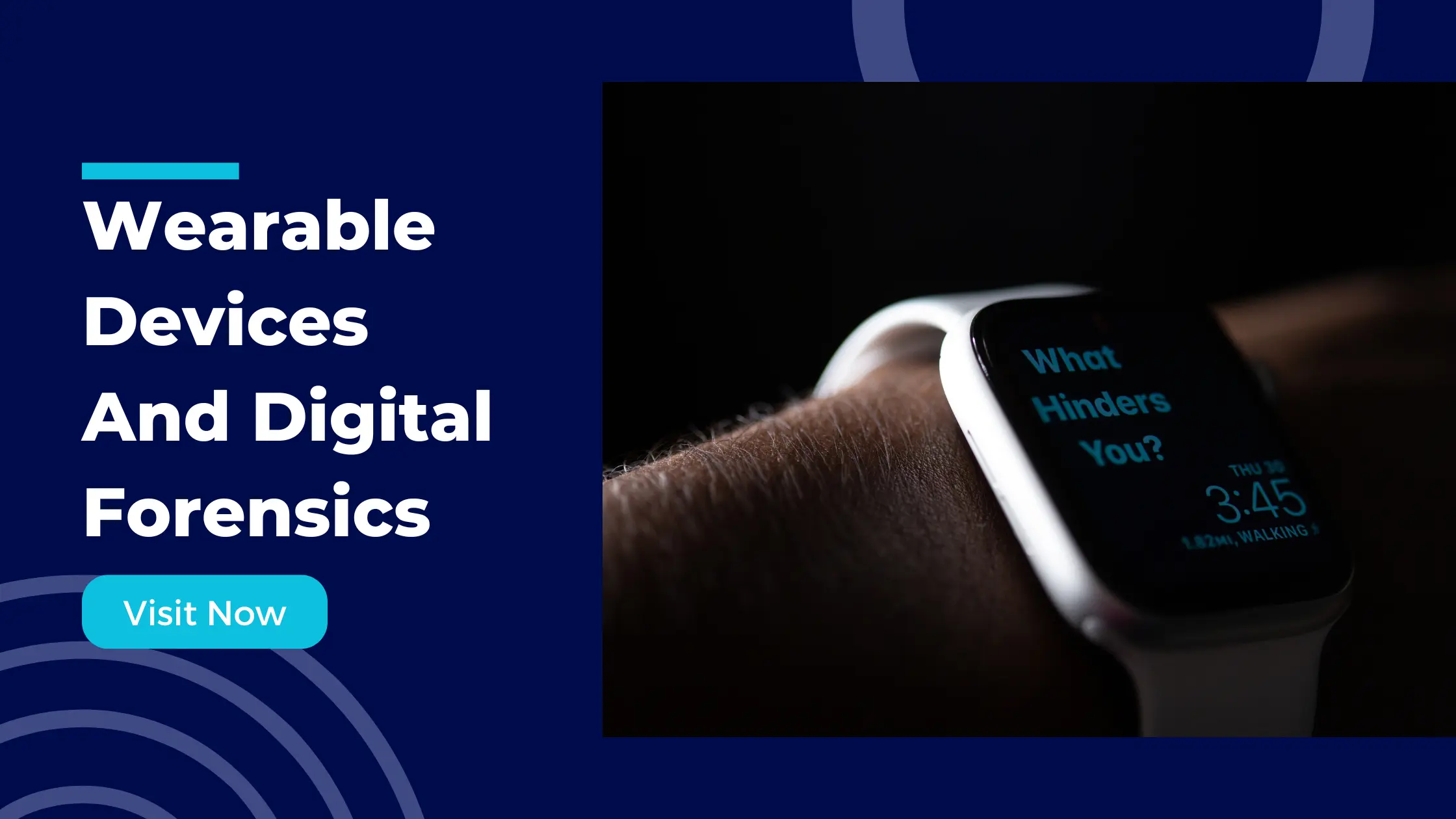In October 2025, the U.S. Department of Justice announced an indictment against Chen Zhi, chairman of Cambodia’s Prince Group, alleging his involvement in operating large-scale forced-labor scam compounds that targeted victims across multiple countries.
A significant element of the case involves the use of cryptocurrency as a financial infrastructure for the network’s global operations. Prosecutors identified digital asset wallets were used to disguise the origin of funds and move proceeds across borders outside traditional banking oversight.
This case has drawn international attention not only for its human-trafficking and organized-crime dimensions, but also for the central role of cryptocurrency in enabling, accelerating, and concealing large-scale criminal revenue streams.
